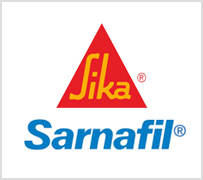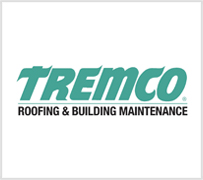
Home / News / Hail Damage: A Closer Look

With a number of hail storms occurring in several states across the U.S. over the last few years, we thought we'd talk a bit more about the actual damage to the various roof types, as well as the short and long term effects.
Asphalt shingles, the most common form of roofing materials for residential neighborhoods, always takes a pounding during a hail storm. The impact can compress the granules into the asphalt and fiberglass matt. It can also depress the whole shingle at the impact site leaving a dimple. Finally, the impact can be so great it loosens or scrapes away the granules. While the damage rarely causes immediate leaks, such damage absolutely reduces the longevity of your roof and sets the home or property owner up for future leaks and damage. Single Ply, most common in commercial and residential areas, often suffers the same type of damage as asphalt shingles.
For foam roofing, which is very common on commercial and industrial properties, the hail punches through the protective coating and creates dimples in the foam. Again, not a cause of immediate leaks, but those dimples then begin to accumulate water and debris, even grow mold which can slowly eat into the foam layer, thereby significantly reducing the life of the roof.
Metal roofing tends to hold up fairly well, although the protective coating can be damaged and, of course, the impact dimples don’t look all that pretty. Built Up roofing tends to hold up fairly well since the granule (often small gravel) tends to deflect or absorb the damage.
Clay & concrete tile generally hold up well in hail storms. While hailstones that are less than 2 inches don’t typically damage clay tiles, those larger than 2 inches in can break off or chip the tile and cause cracks that go all the way through.
Gutters, flashing and vents are exceptionally prone to hail damage on any type of roof, both weakening and loosening the metal. Loose flashing and gutters can be the start of big water leaks later on, while roof vents can be flattened, thereby reducing airflow to your attic, again, reducing roof life (remember, roofs must breath).
Replace/repair
In all cases where you suspect hail damage, you should have the roof inspected by a reputable roofing company. While hail damage may not always cause immediate leaks at the next rain, it often takes many years off the life of your roof. Moreover, with a new roof being one of the most expensive improvements to a property, it's usually worth utilizing insurance coverage if it's available. If the damage can be repaired, have it done as soon as possible to prevent future leaks and extend your roof life.
A word of caution… less than scrupulous roofing companies often try to take advantage of disasters. So if someone knocks on the door of your business or home and offers to repair the damage, do a little homework to make sure they are a reputable roofing company.
You can usually go to your local contractors website to see if the company has any reports of interest. The Better Business Bureau can also be helpful in researching a roofing company's reputation. Last, if the company has a website, see if they list any other completed jobs or references that you can check out to find out what the company was like to work with.











